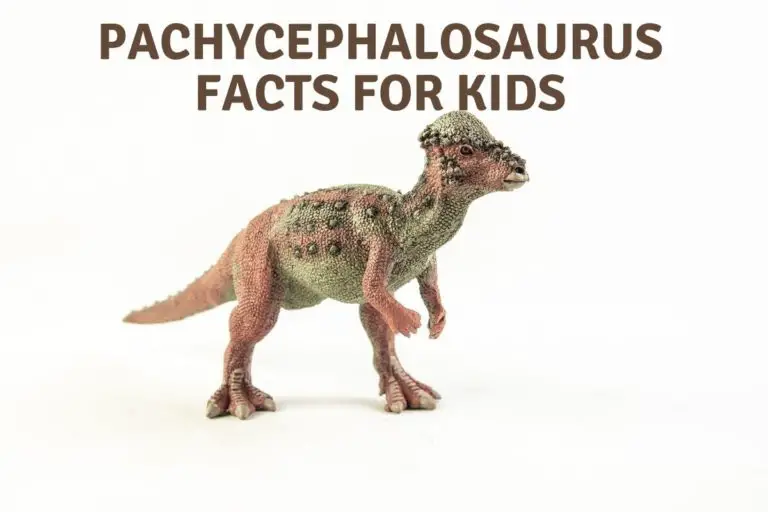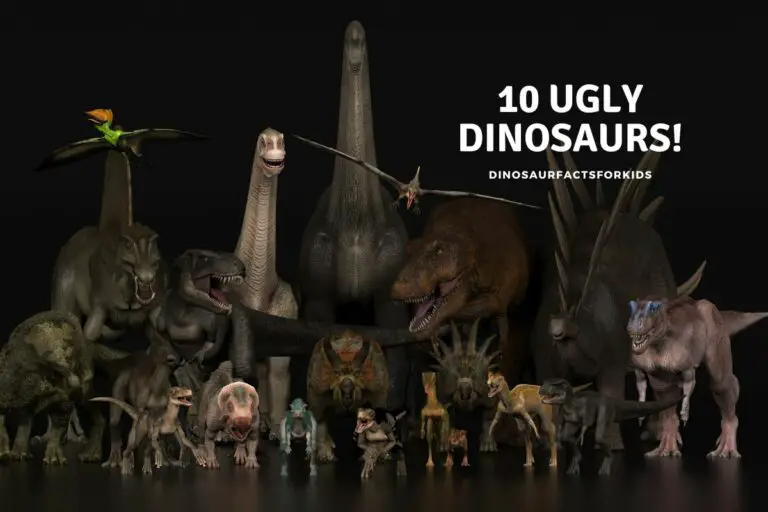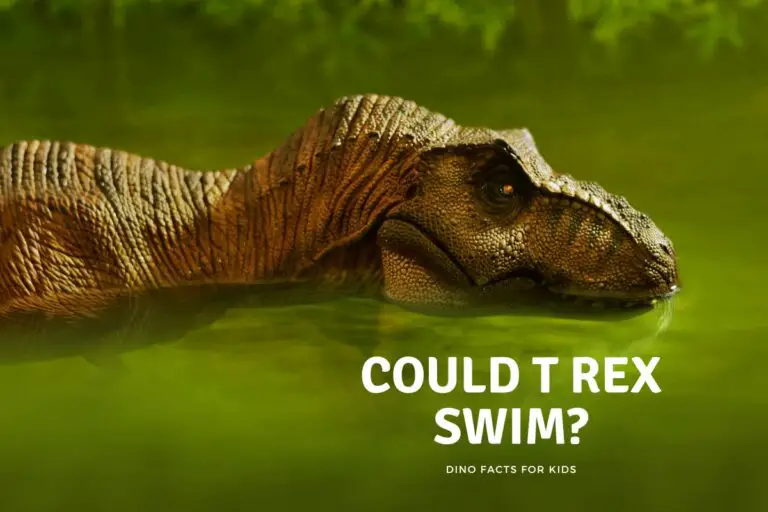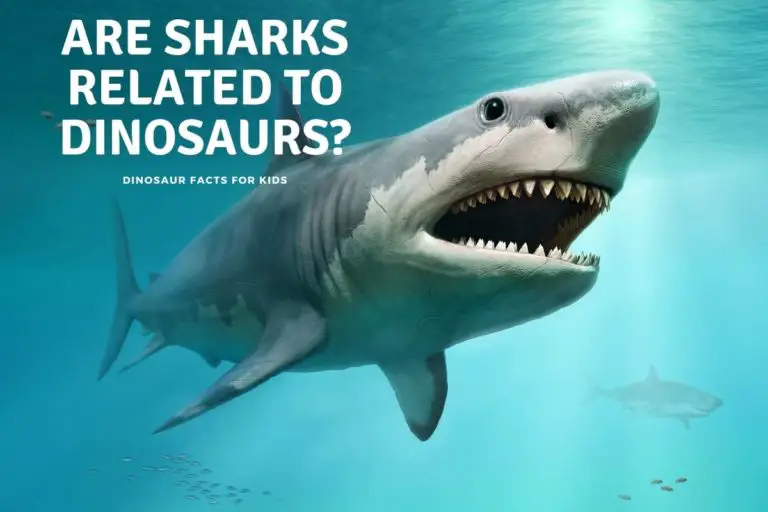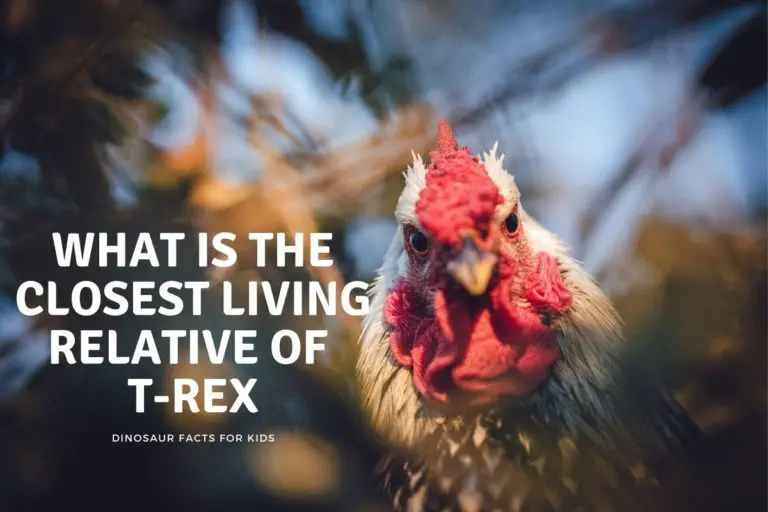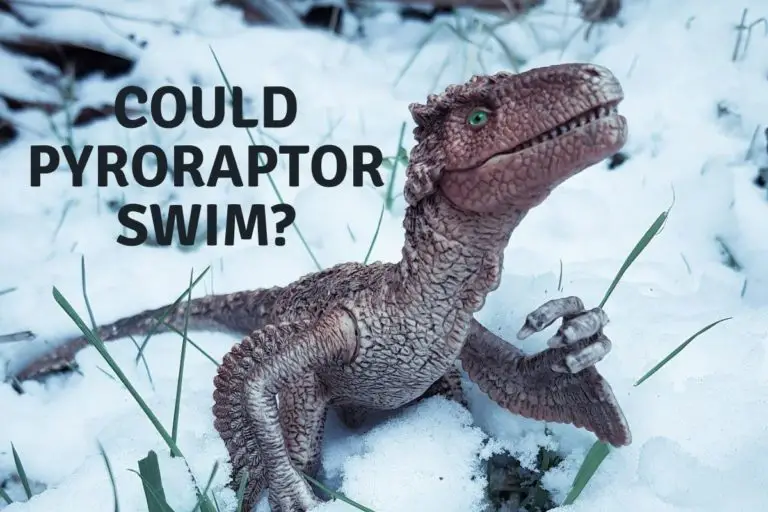25 Parasaurolophus Facts For Kids
Parasaurolophus, or as once described to me “the dinosaur with the thing on its head”, or Elvis if you have seen Jurassic Park- The lost world, has been know to science since 1920, and became popular after its movie appearances. Parasaurolophus is certainly is an unusual looking dinosaur and although is plenty more to know, we have some of the parasaurolophus facts we do know.
Parasaurolophus was a herbivorous duck billed dinosaur that lived approximately 76.5 to 65.5 million years ago, during the Late Cretaceous period. it could be up to 30 ft long and weigh up to 5500 lbs. It had a distinctive crest of up to 3ft long. Likely used for display and sound amplification.

The parasaurolophus has captured the imaginations and hearts of a whole new generation of dinosaur lovers in the Jurassic Park and World movies, The crest stands out and makes it instantly recognisable, lets see what other parasaurolophus facts make it stand out too.
Parasaurolophus Facts for Children.
1. Parasaurolophus was a hadrosaurid, or “duck-billed” dinosaur. Hadros actually means stout or thick in greek. It certainly had a stout mouth!
2. It was about 31 feet (9.5 meters) long and weighed around 5500 pounds (2500 kilograms). Although big for modern day animals it was medium sized for a dinosaur.
3. It had a humped skull that was about 5-6.5 feet (1.5-2.5 meters) long. Making its head actually bigger than a 85 ft long brachiosaurus! This included the bony crest on its head.
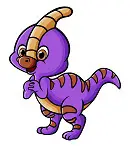
4. The crest on its head was made of bone and was probably used to make sound or for identification. It was long and curved and could be up to 5ft (1.6 meter) long.
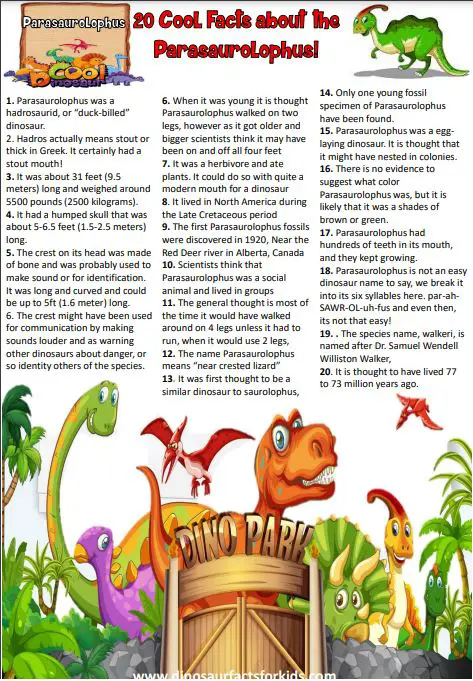
5. Scientists think that the crest might have been used for communication by making sounds louder and as warning other dinosaurs about danger, or so identity others of the species, including male and females, it may have been to control body temperature, or even to help them hear better.
At one point it was suggested it might even be used as a type of snorkel!
6. When it was young it is thought Parasaurolophus walked on two legs, however as it got older and bigger scientists think it may have been on and off all four feet. It had four toes on each foot.
7. It was a herbivore and ate plants. It could do so with quite a modern mouth for a dinosaur. it could chew its food, It had teeth in batteries and replaced them regularly, It would have eaten leaves, twigs and possibly pine needles.
8. It lived in North America during the Late Cretaceous period and has been found in Canada, New Mexico, and Utah.
9. The first Parasaurolophus fossils were discovered in 1920, Near the Red Deer river in Alberta, Canada. Although it has been found in great numbers elese where since then.
10. There have been many specimens of Parasaurolophus fossils found, which helps scientists learn about it. It also likely was on two continents, and around at the end of the age of the dinosaurs.
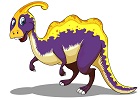
11. Scientists think that Parasaurolophus was a social animal and lived in groups. Probably with both others of its species and other herbivores.
12. Some scientists think that it might have been able to run quickly, but others think that it was not very fast. The general thought is most of the time it would have walked around on 4 legs unless it had to run, when it would use 2 legs, or if it wanted to reach higher food when it would stand up on its hind legs.
13. Parasaurolophus fossils were found that dated it to the Cretaceous–Paleogene extinction event. If accurate It would have lived with members of the tyrannosaur family, ankylosaurs, and Albertosaurus. However most believe it lived about 70+ million year ago.

14. The name Parasaurolophus means “near crested lizard”. The first part of its name, “para-“, means “near” or “similar to”. 16. The second part of its name, “-saurolophus”, comes from the Greek word for “lizard” and the Latin word for “crest”.
it was named as it was first thought to be a similar dinosaur to saurolophus, but has since been discovered to belong to a different family.
15. The species name, walkeri, is named after Dr. Samuel Wendell Williston Walker, who discovered the first Parasaurolophus fossil.

16. Although it was found in 1920, Parasaurolophus was first described in 1922 by William Parks.
17. Parasaurolophus has been found in many different places, including Alberta, Canada; Montana, United States; and Hubei Province, China. Where a close relative called Charonosaurus has been found. This dinosaur is very similar but larger. it could row up to 40 ft long.
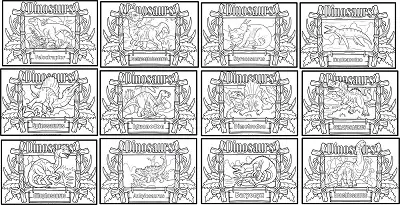
Parasaurolophus Coloring Pages, and other dinosaur coloring pages.
18. Only one young fossil specimen of Parasaurolophus have been found, but at a year old it fitted in with the expected growth rates. which helps scientists learn about its growth and development.
19. Parasaurolophus had a complex system of air sacs in its crest, which helped it make noise The sound that it made has been compared to a trumpet or trombone, but we don’t know for sure.
https://dinosaurfactsforkids.com/20-stegosaurus-questions-and-answers/
21. Parasaurolophus was a egg-laying dinosaur. It is thought that it might have nested in colonies.
22. There is no evidence to suggest what color Parasaurolophus was, but it is likely that it was a shades of brown or green.

23. Parasaurolophus had hundreds of teeth in its mouth, and they kept growing. As teeth were worn down they were replaced continually. !
24. Parasaurolophus was featured in the film Jurassic Park, lost world, and in all the Jurassic world movies.
25. Parasaurolophus is not an easy dinosaur name to say, we break it into its six syllables here. pah-rah-SAWR-OL-uh-fus and even then its not that easy!
pah-rah-SAWR-OL-uh-fus

Conclusion
Parasaurolophus is certainly a striking looking dinosaur, It is very popular with fans of dinosaurs all over the world and has been know to us for over a hundred years. Its crest, what ever the reason it had it, must have been an awesome sight. hopefully our parasaurolophus facts have help you learn more about this beautiful dinosaur.
You can check out their pages and other herbivores and carnivores on pages on our site. you can also learn more about this the parasaurolophus on our Questions and Answers pages too

Some of My Dinosaur Resource Recommendations for Home and School.
Thanks for taking the time to read our facts and questions articles, as a teacher myself i have struggled to find resources in one place and that is why this website was born. I simply love teaching students about dinosaurs both in my role as a language and General Studies teacher. However there is sometimes a need for something more concrete than a printout (as useful as we think ours are! )
Sometimes having something tactile to touch in those tiny hands help to focus and cement learning and develop those big brains! Hope they are helpful too.
Dinosaur Books and Readers
There are of course hundreds of excellent, and not so excellent books on Dinosaurs for Children out there. So rather than, yet, go into huge detail. I will highlight the ones I love to use with my students from ages 6 to 10. We have include AR in these as well. ( nothing quite like a moving dinosaur in front of you!
Fossil Sets
I cant say how great these are to use in a classroom while reading with a group. the chance to read about a dinosaur and then touch a real piece is simply great. I have a selection ( self confessed dinosaur geek) but a cheap set of 10 or so will do the trick just as well. Dinosaur poop is great as well!!! i pass it round and ask them to guess what it is first!
Dinosaur Figures
I actually use realia in a lot of classes especially with animals and dinosaurs, and figures help to show the kind of animal we are reading about. It is possible to spend hundreds of dollars on dinosaur figures but there is no need, either as a teacher or a parent. The set below and similar we have used to help students picture dinosaurs to great effect.
References
https://www.activewild.com/parasaurolophus-facts-kids-students-adults/
https://en.wikipedia.org/wiki/Parasaurolophus
Hi, I am Roy Ford a General Studies and English Teacher who has taught all over the world. What started as a fossil collection became a great way to teach, motivate and inspire students of all ages and all over the world about dinosaurs and from that and children’s love of dinosaurs came the site dinosaur facts for kids, a resource for all ages.
